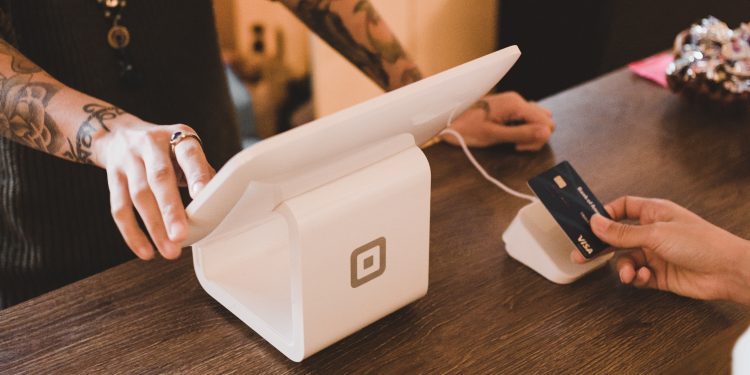This article in the Wall Street Journal describes the negative impact for the consumer and shop owner when a receipt is sent to the wrong person. It indicates that Square collects the data and correlates card and email address data and doesn’t verify the accuracy over time. Given the negative experiences this has caused it sounds reckless but should also be easy to fix with a confirmation message on the POS:
‘While receipts received by the wrong person are incredibly rare, even one is a really bad experience,’ a Square spokesman said. ’We’ve already made a number of changes to the experience, resulting in a more than 50% decrease in customer issues in one year, and we have more improvements in the works.’
The Square spokesman added that digital receipts could be received by the wrong person for a variety of reasons, including consumers sharing a credit-card number, accidentally sending the receipt to a recycled phone number or seller or buyer error.
Square has been issuing digital receipts to consumers since its earliest days but started building customer-engagement and marketing services around them more recently. The company relies on consumers to input an email address or phone number that it then syncs to a particular card. It doesn’t verify whether the contact information it associates with a card belongs to the cardholder, but it provides a link with each emailed receipt that lets consumers decouple a card from an email address.
At a May 2017 investor event, Square executive Jesse Dorogusker said that in the prior 12 months, Square had sent over 350 million digital receipts and used that data to help build a customer directory of 90 million emails and phone numbers.
Overview by Tim Sloane, VP, Payments Innovation at Mercator Advisory Group










